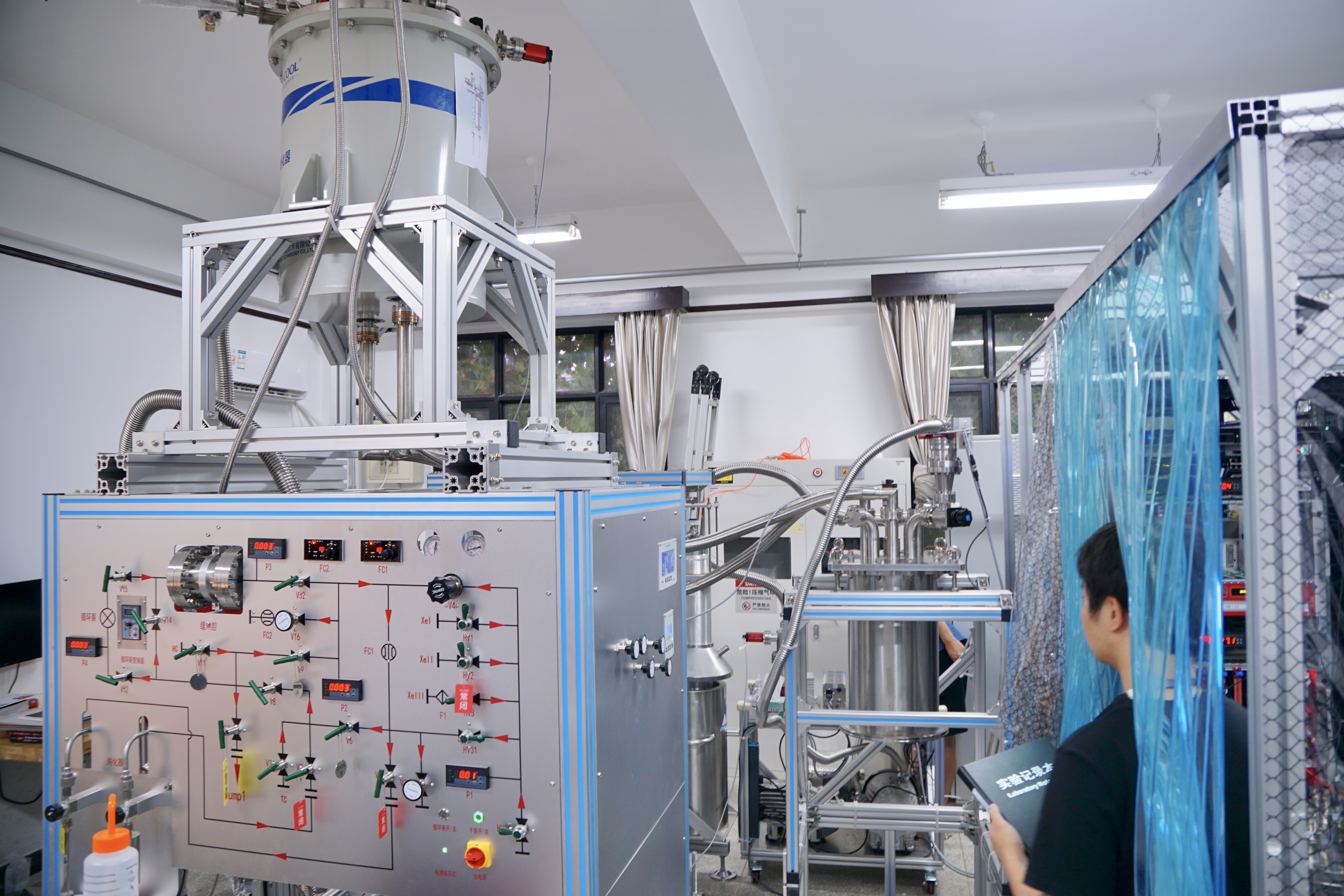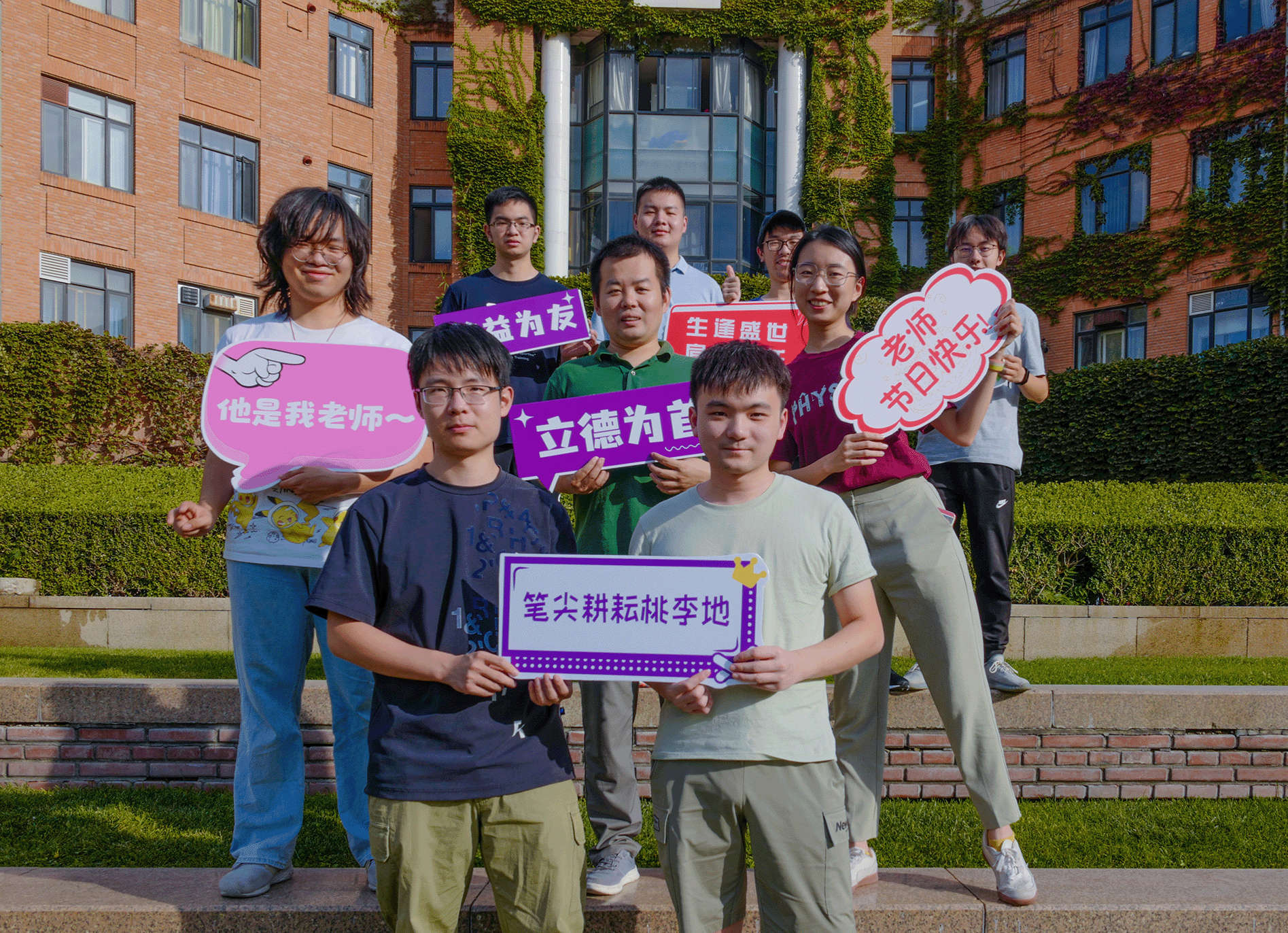Research
Here are some themes and techniques that we currently work on:
Dark Matter
The search for dark matter, a mysterious and unseen component of the universe, remains one of the most compelling and challenging quests in astrophysics. Despite being invisible, dark matter is believed to constitute about 27% of the universe’s total mass and energy. It does not emit, absorb, or reflect light, making it undetectable by traditional telescopes. However, its gravitational effects on visible matter, radiation, and the large-scale structure of the universe provide indirect evidence of its existence. Over the years, numerous experiments and observations have been conducted to detect dark matter particles directly or to observe their effects more clearly. These include deep underground detectors like the XENON project, space-based observatories, and particle accelerators like the Large Hadron Collider. While these efforts have significantly advanced our understanding of the cosmos, the true nature of dark matter remains elusive, making it one of the most profound mysteries in modern science. As of now, the search continues with a mix of anticipation and meticulous scrutiny, as unlocking the secrets of dark matter could revolutionize our understanding of the universe.
Explore more about Dark Matter.
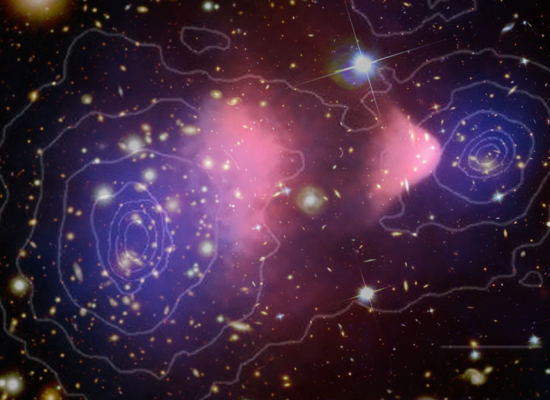
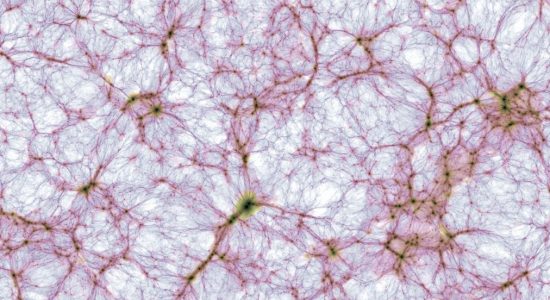
Neutrino
Neutrinos are one of the most enigmatic particles in the universe, known for their incredibly small mass and their ability to pass through ordinary matter almost undisturbed. Often termed as ‘ghost particles,’ neutrinos are produced in vast numbers by the sun, during nuclear reactions, and by cosmic events like supernovae. They interact with matter only via the weak nuclear force, making their detection a formidable challenge for physicists. The study of neutrinos has profound implications for our understanding of particle physics and the universe. The observation of coherent elastic neutrino-nucleus scattering (CEνNS) marks a significant milestone in neutrino research. This process, where a neutrino interacts with an entire nucleus rather than individual nucleons, was long predicted but challenging to detect due to its low-energy interactions. Its discovery not only opens new avenues for studying neutrinos but also enhances our understanding of dark matter. CEνNS is key in developing advanced neutrino detectors and deepening our knowledge of these elusive particles.
Explore more in All things Neutrino
XENONnT:Dark Matter Direct Detection with Liquid Xenon
Welcome to the Tsinghua Group’s XENONnT Data Analysis Project! XENONnT, situated at the Laboratori Nazionali del Gran Sasso in Italy, is a forefront experiment dedicated to unraveling the mysteries of dark matter. Our team at Tsinghua University is actively engaged in the data analysis phase, employing advanced statistical and computational methods to interpret the vast datasets generated by XENONnT detectors. By contributing to the global effort, we aim to deepen our understanding of dark matter’s fundamental nature and advance the field of particle physics. Join us on this exciting journey as we explore the cosmos and push the boundaries of scientific discovery.
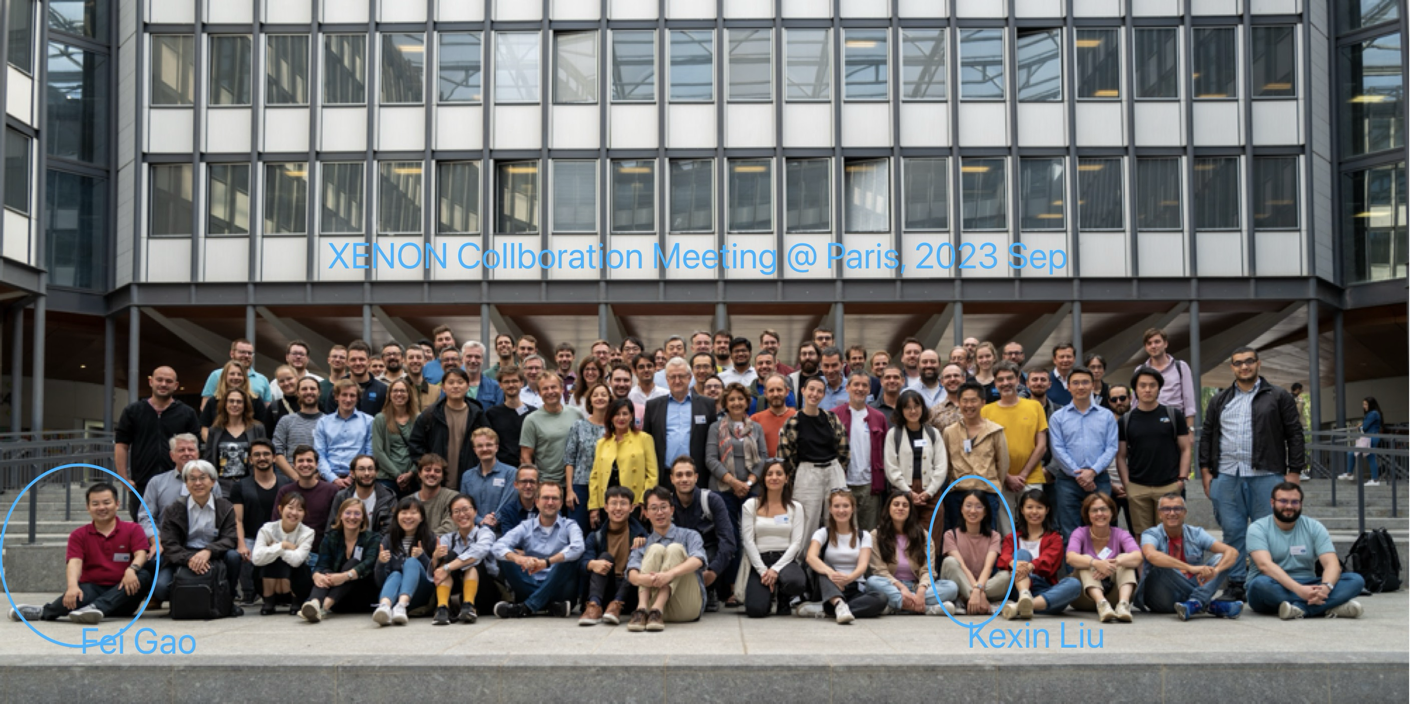
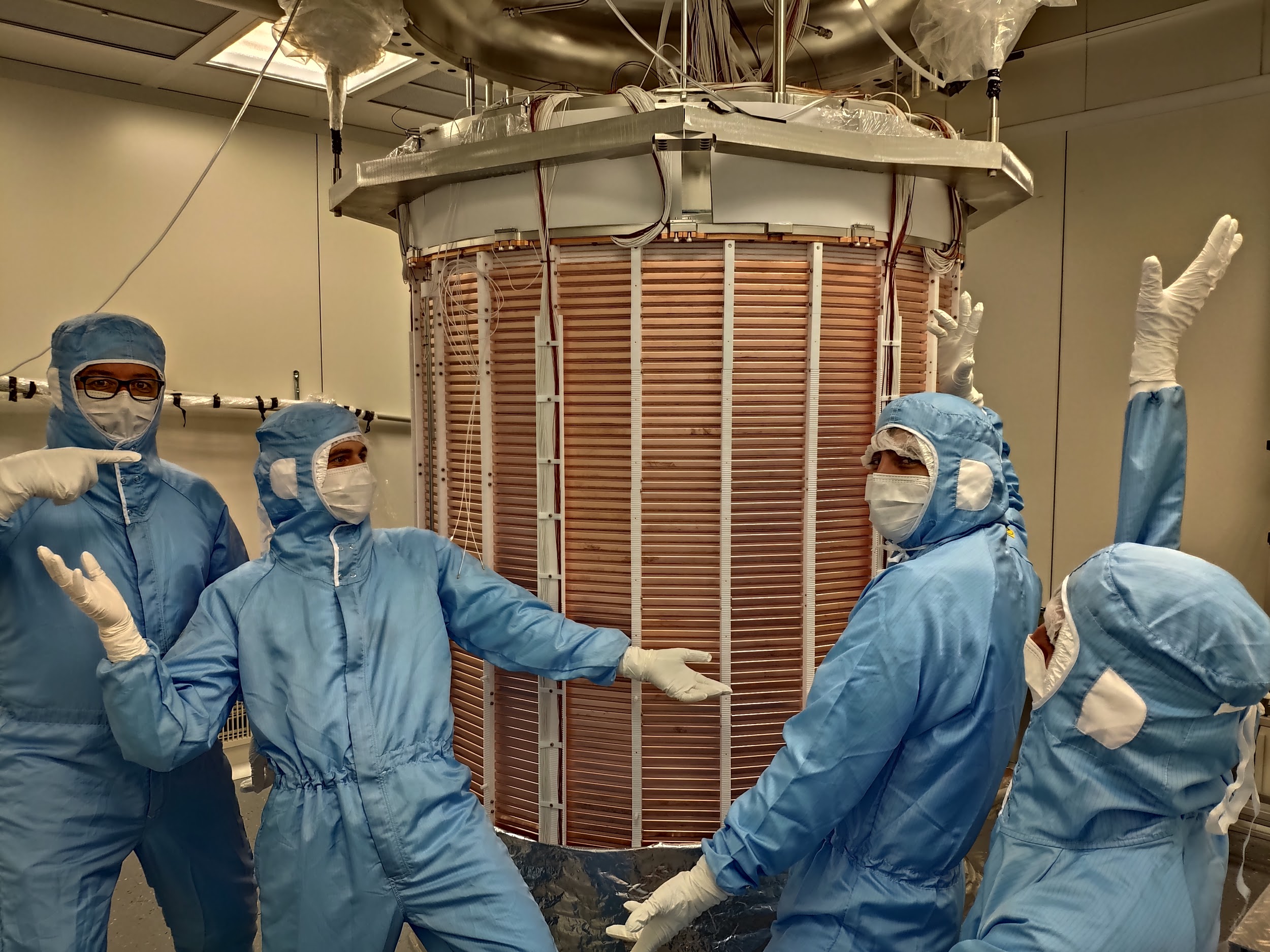
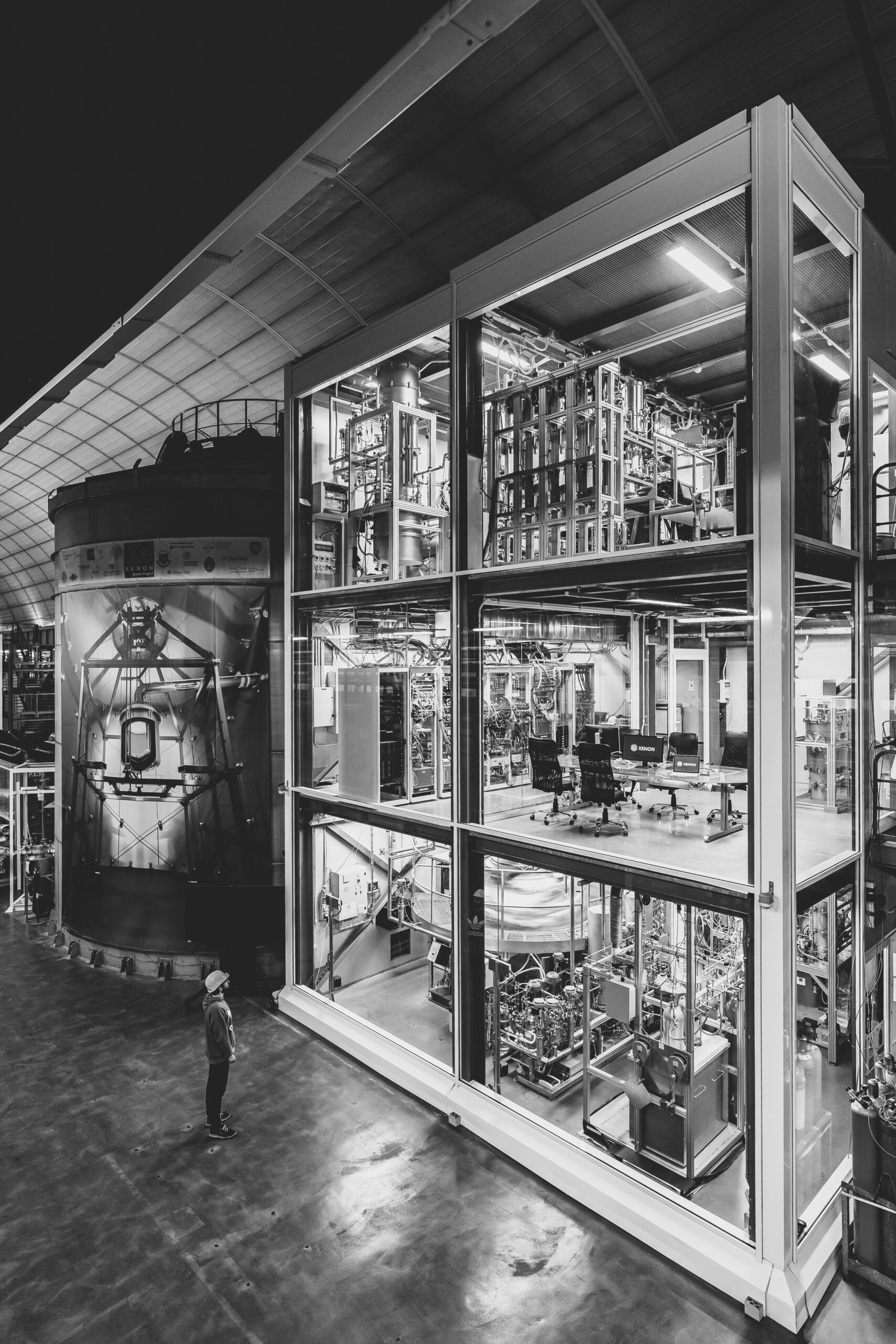
RELICS: Reactor Neutrino Coherent Scattering Detection with Liquid Xenon
The RELICS (REactor neutrino Liquid xenon Coherent Scattering) experiment is a proposed initiative in reactor neutrino research. Its primary goal is to detect the elusive signal of coherent elastic neutrino-nucleus scattering (CEvNS) from reactor neutrinos, a phenomenon predicted by the Standard Model (SM) in 1974 but challenging to observe due to its low deposited energy. Up to 2023, the COHERENT experiment in 2017 was the only one to successfully observe CEvNS. The RELICS experiment leverages liquid xenon time projection chamber (LXeTPC) technology, a leading technology for detecting rare events like dark matter and neutrinoless double beta decay. Thanks to its ultra-low background and low threshold capabilities, the LXeTPC is well-suited for detecting reactor CEvNS. The experiment will take place at the Sanmen Nuclear Power Plant in Taizhou City, Zhejiang Province, which has a total reactor power of 3.3GW. The experiment’s detectors will be positioned about 23 meters from the reactor, where the neutrino flux is sufficiently strong to use a relatively small TPC with a fiducial volume of around 30 kilograms. Prof. Fei Gao from Tsinghua University leads the RELICS experiment, and the collaboration also includes USTC, Sun Yat-sen University, and Westlake University. The experiment is currently under active research and development, and we welcome you to join us!
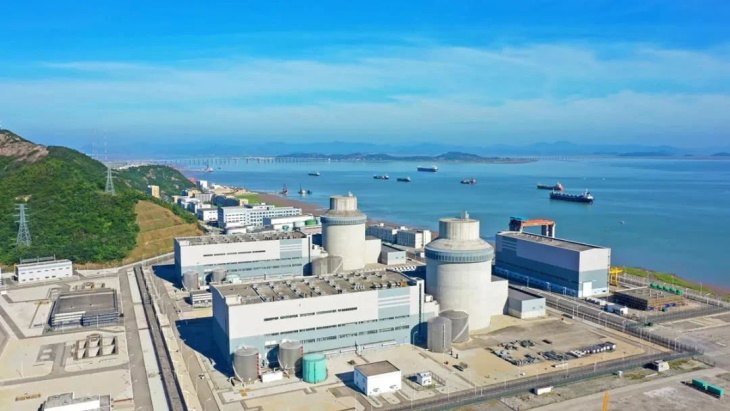

(Sanmen NPP)
RELICS prototype R&D
With the goal utilizing dual-phased xenon time projection chamber to detect the neutrinos from nuclear reactors. We designed a prototype LXe TPC to test the systems of detectors such as data acquisition, slow control, recycling, purification and so on. The TPC has been manufactured and assembled in THU local lab. Up to now,the TPC has run four times with few updates.
